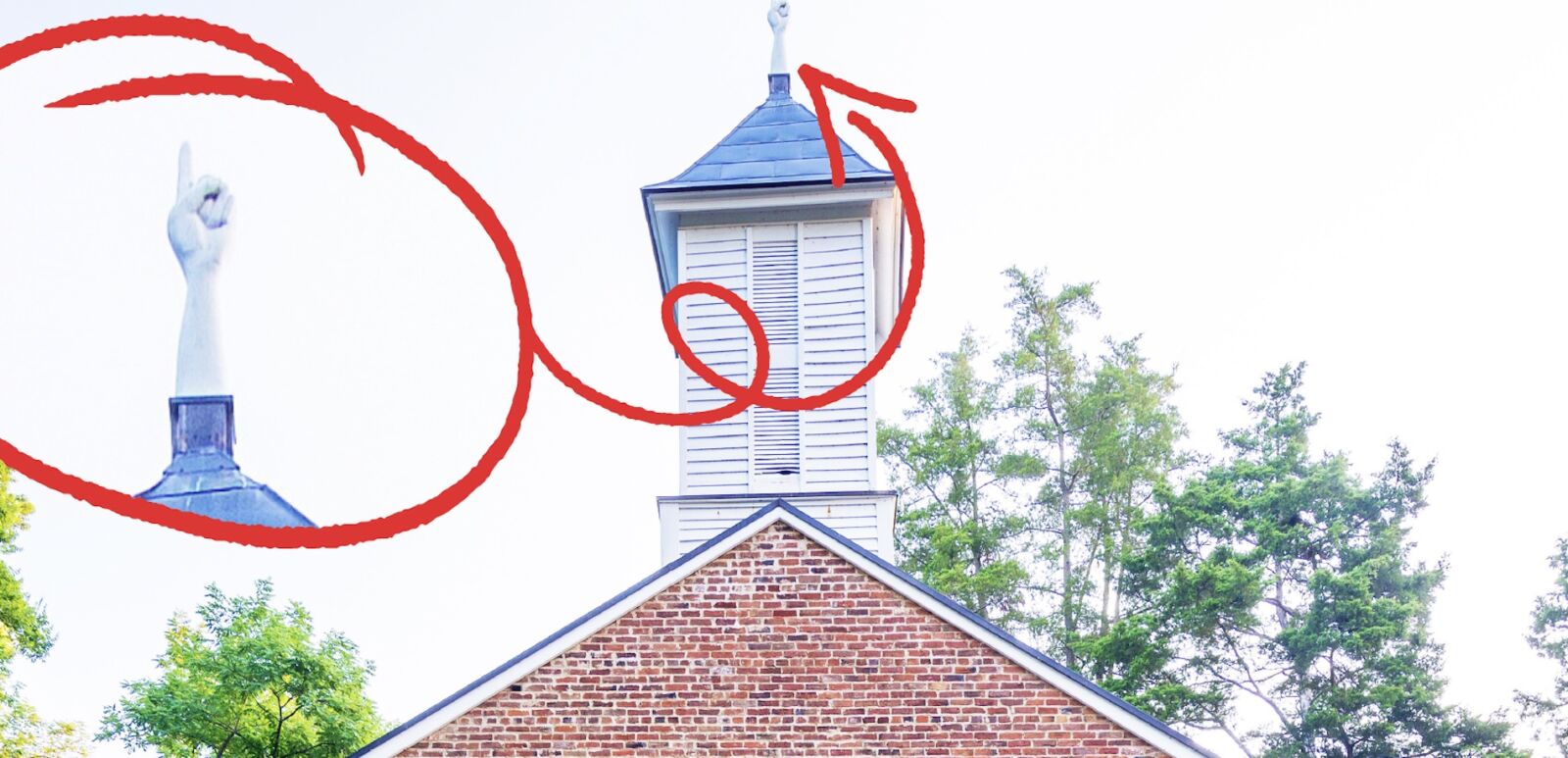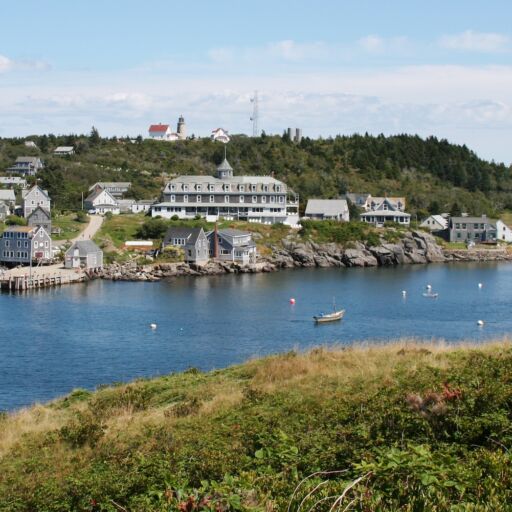This story appears in the Unplugged issue, available for sale here. See more of the issue here.
Old Highway 20 through north Alabama winds east, past a fireworks stand, then a pistol shop, and exits to a once-small town, Madison, that has boomed into a city.
The metropolis is home to a military arsenal and Toyota factory, and the red dirt remains churned with new housing developments. NASA has a research center, too, outfitted with a Saturn V rocket aimed at the galaxies: a reminder to look upward and onward. Madison is also home to me, so I watched over the decades as concrete crept into the cotton fields. These everyday facilities can be ugly, but they make our modern pace possible. Besides, we’re lucky: If we want to see a bucolic world, the highway will take us there.
Just down the road, rather than traffic lights and construction sites, picket fences line the streets of Mooresville.
Like many in Madison, I developed a habit of visiting the neighboring village to stroll their seven streets. Oak and magnolia trees reach up and over to cover the narrow, uncurbed lanes that are older than the state itself. Mooresville was admitted to the Alabama Territory in 1818; a year later, the territory was admitted to the nation. Its Greek Revival structures survived the centuries, and in the ’70s, the National Park Service admitted the entire hamlet to the Register of Historic Places, immunizing Mooresville from the accelerating developments that shape Alabama. We’re drawn to the village because the air feels fresher, the trees loom taller, and the antique structures, far lovelier than Madison’s strip malls, are optimal backdrops for family portraits.
After pulling off the highway, I begin my pilgrimages at the redbrick church. Stucco columns flank the wooden doors, and rather than a cross, a hand pointing toward the heavens mounts the steeple. The pews sit empty on Sunday, but the log cabin-esque post office on the corner, Alabama’s oldest, still processes mail for the few dozen citizens. Were it not for lamps glowing in the windows, Mooresville could be mistaken for a museum rather than a municipality with a mayor and town council. But the place is quite real, which distinguishes it from the simulacra of renaissance fairs or EPCOT’s World Showcase. The Victorian houses may be on the historic register, but each address is still known to some Alabamian as home.
Beyond the post office, there’s the stagecoach tavern, then the yellow house with a two-story porch. Kudzu or wisteria or some such vine clings to the latticed railings. A walk through Mooresville is quick because there isn’t actually much to do despite its “realness.” The cafe closed, leaving a candy store, bakery and bicycle shop as the only storefront retail. But the dull market is a boon to, not detraction from, the settlement’s appeal.
We don’t go to Mooresville for the commerce and convenience and stimulation; we have all that back in Madison. We go because sometimes, we need a place to remind us that even when our civilization hurdles ahead, we can still pause in our moments, linger in our lives. We go because sometimes, following a wooden finger atop a shaded church, rather than a blazing rocket, is the better way to marvel at the sky.




